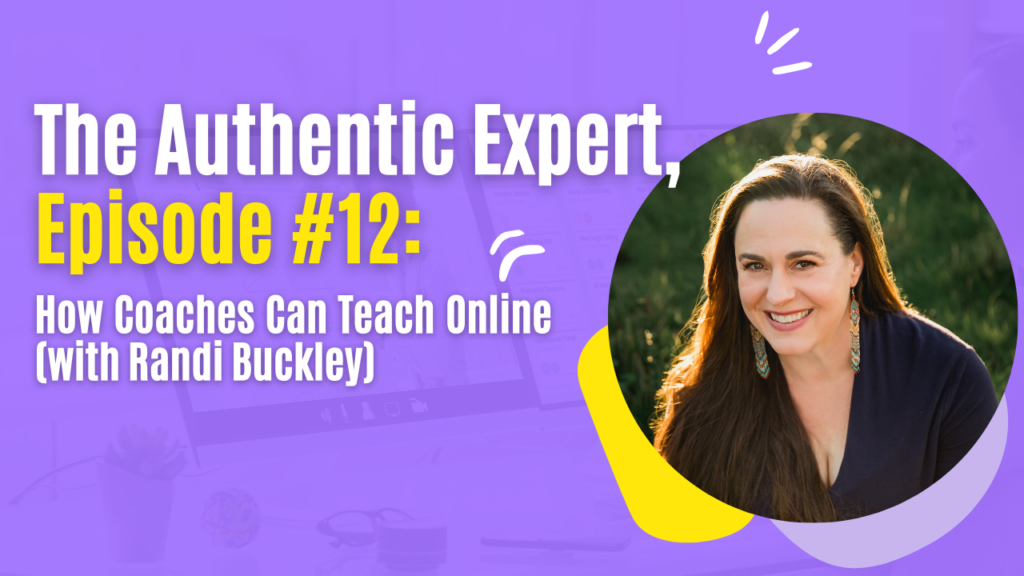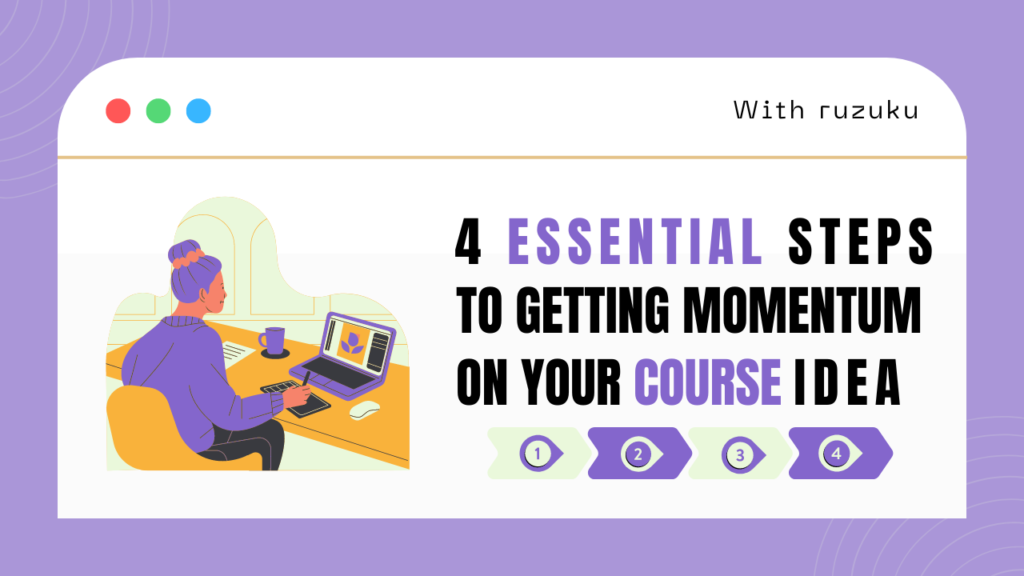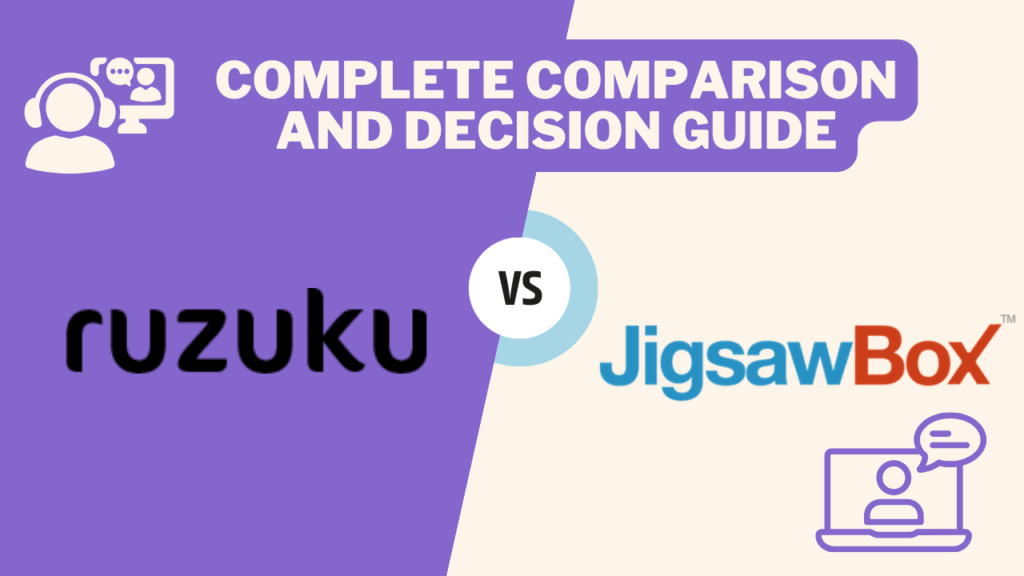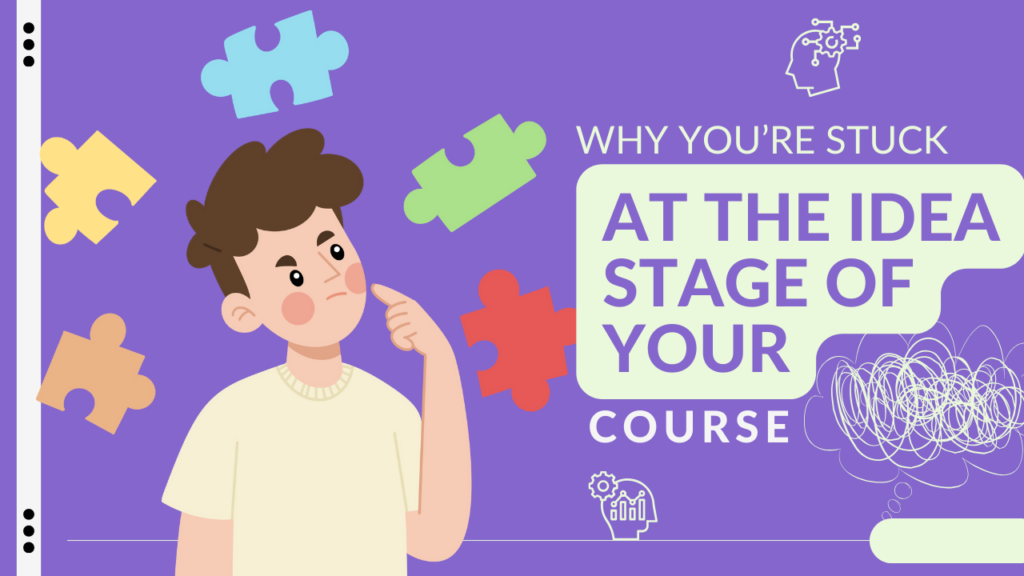Description: Interview with life coach, blogger and teacher Randi Buckley. Randi specializes in helping coaches develop online courses and programs. She shares how coaches can go from “coaching session” to “course.”
Don’t miss the next episode!
Subscribe on iTunes, Stitcher Radio, Player.fm or TuneIn.
Or get sign up to get a quick email notice when the next episode goes live!
About Randi Buckley
I guide women toward gently uncovering the truth that is in them. My clients are women who sense that their personal identity is in flux in unsettled situations and big life decisions.
My work points toward exploring one’s own divinity, in support of forging a personal identity that merges head, heart, and intuition. I offer a support suite of self-study solutions, as well as personal coaching in an intimate one-on-one setting, including Maybe Baby and Healthy Boundaries for Kind People.
For well over 23 years, I’ve been involved in experiential education with the Concordia Language Villages, a residential language- immersion program for youth in 16 different languages. There, I offer program-wide training, leadership and coaching to staff from over 30 countries, and am also Assistant Dean of “Skogfjorden,” the Norwegian Language Village.
Learn more about Randi at RandiBuckely.com.
Key Points & Takeaways
- Randi sees her mission as helping people create meaning for themselves in learning.
- She has seen so many people offering “not good” courses: courses that felt very inauthentic. What people thought they were supposed to do, instead of what they really could do… following a formula that wasn’t really their own.
- Remember that people are coming in part for you, and if you aren’t part of the package (your point of view, your lens)… it’s not going to work. How can you bring your personality, your sense of your humor, and your “flavor” into your course?
- Don’t try to copy what other people are doing just because it seems successful from the outside. Don’t go blindly into examples or models, or try to force yourself into a mode that’s not you.
- If you’re a coach, try coaching a friend or colleague and record that session — then review and think about how you can translate the experience into a course.
- Notice what questions you’re getting over and over from clients, and how you respond to those questions.
- Teaching and coaching are distinct. Teaching is instructive, while coaching helps people create their own personal meaning with the material. When teaching, you give information to people and help them digest it and use it. Whereas coaching involves “pulling information out of people.” In her “coaching courses,” Randi presents exercises, lenses, and experiential work to help people extract “what is true for them.”
- If you’re a coach, try leaning more into teaching. If you’re a teacher, try leaning more into coaching.
- You can design a course using the metaphor of the body. What is the soul of the course — what is this about? What is the cellular level — the bottom line of this course? What is the skeleton — the outline or framework? What is the meat on the bones — content and exercises? How do we get the body moving — get the course up and running?
- The biggest challenge is often that people aren’t sure what to put in, and what to leave out. Coaches and teachers who are passionate about their topic tend to include far too much information about the topic. Try thinking of your course in terms of 1 key question. Then assess whether each piece of content, or exercise, or reflection, is contributing to answering that question.
- Ask yourself, “What is the bottom line of my course?” For example, in Randi’s course Maybe Baby, her bottom line is “help people find peace with their truth.” She considers whether each idea she has for the course contributes to this bottom line. She seeks to create the biggest impact with the least amount of steps toward that impact. And then if she has additional ideas that she really wants to include, she provides them as bonus materials or reference materials or a follow-on course.
- Think of your course as an entity with a purpose of its own. What is the purpose of your course? Why are you bringing it into the world? Express this purpose in a single sentence. Try free-writing, or simply making a list, and notice what sticks out for you.
- To keep participants engaged, provide a personal touch. Especially in smaller programs, keep an eye on how people are progressing. Randi will send a short personal video message to check in with people, and let them know she cares about their progress. People also really appreciate surprises and unexpected touches within a course experience. For example, Randi will send small physical gifts or notes in the mail to course participants. Ask, “How can I reach outside the standard online course experience to create meaning and delight for my participants? How can I reach out in a way that is purely and uniquely me? What would I do if I was working 1:1 in person with this person?”
Randi’s coaching for creating authentic online courses
Use this question to get fresh thinking about your online course design:
If you were gathering these people in a room, what would you do?
Would you have refreshments?
Tell jokes?
How would you get people energized and learning in that physical space?
Let go of any “formula” or preconceived notions that might be inhibiting your course ideas.
Instead, let what makes you feel great guide you.
As you do that, notice ways that your course can be experiential.
Provide ways for people to get into doing — and to experience your material — in different ways.
Resources & Links





